Snatch Pull: Technique, Benefits & Common Mistakes
Author:
Reviewed by:
(21 years of Oly Lifting experience)
Unlock your full potential by engaging with our experts and community! Have questions about your fitness journey or looking for expert advice on weightlifting techniques? Don’t hesitate — leave a comment below and Jacek Szymanowski will provide a personalized answer and insights to help you reach your goals.
Torokhtiy is reader-supported. Some links are affiliate links, and we may earn a commission at no extra cost to you. See our disclosure page for details.
Olympic lifting drills need accuracy. Multiple components in the C&J and snatch require tremendous coordination.
As a result, it is unusual for the Olympic lifts to be mastered within the first weeks or months of practise.
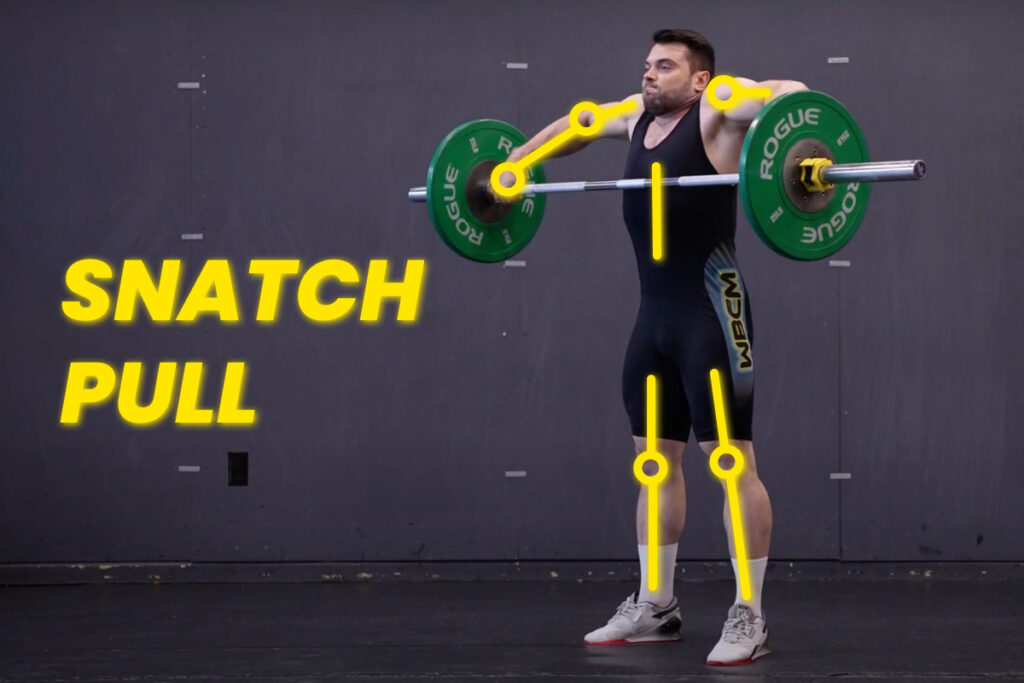
However, by dividing your snatch into distinct pieces for independent work, you may enhance it. For instance, you should practise the pull stages of the snatch separately from the receiving position of the lift since it has extremely particular locations and timing.
Incorporating the snatch pull exercise in your lifting routines will improve the performance of your Olympic snatch whether you are an experienced lifter or a beginner. The performance of this exercise will result in technique-based strength gains.
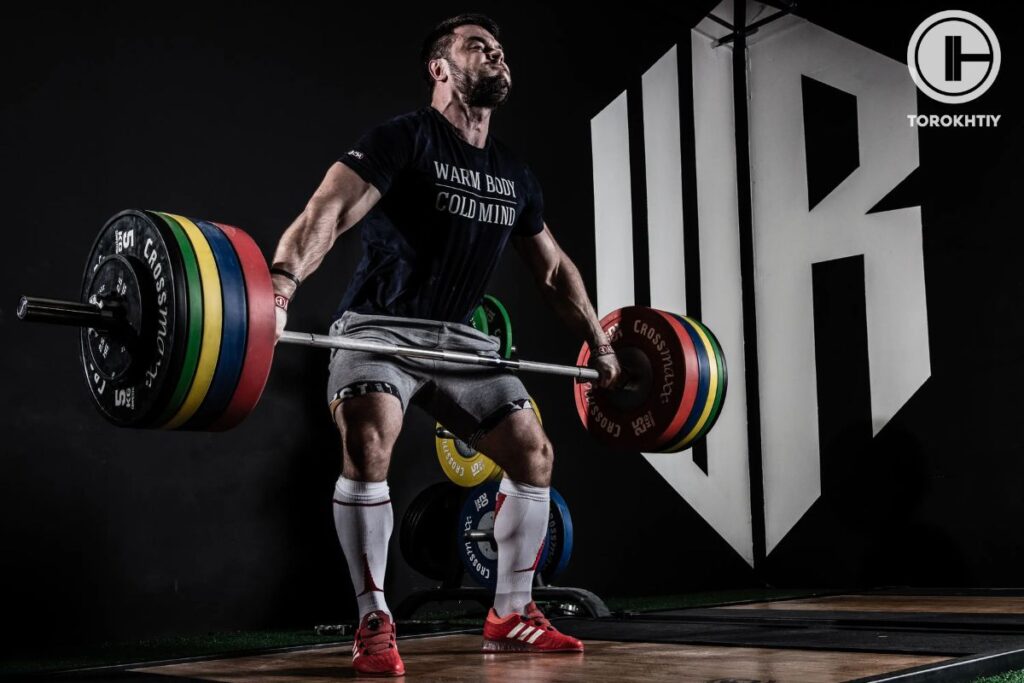
All you need to understand about the exercise – snatch pull will be covered in this post, including:
- The Snatch Pull tech guide
- Advantages of the Snatch Pull
- Who needs the snatch pull?
- Planning the load
- The snatch pull variation
- Frequently Asked Questions
What is a snatch pull?
The snatch pull is the most popular and practically the most important strength exercise for the snatch and studies suggest that exercises like the snatch pull could even be better at providing a training stimulus than movements that include the catch phase. The snatch pull’s force-velocity profile can predict your maximum snatch lift.
The snatch pull is a basic exercise for snatch training in terms of strength, speed, control, and balance. Athletes usually use heavier weights for snatch pulls than for the snatch itself which effectively builds up the strength of the latter.
However, it can be also performed with light weights for technical correction, balance training, adjusting particular body parts positions during the pull, and as a drill for the snatch movement learning.
🔻Find Your Best Training: Take Our Quiz!
Are you ready to learn and grow? Take our simple quiz to discover the right training program for you. Let us help you succeed — click below to start the quiz!
How to Do the Snatch Pull?
In the starting position, the athlete puts feet shoulder width apart, arches lower back, covers a bar with shoulders, arms are stretched and relaxed. Throughout the pull, it is important to cover the bar with shoulders and stand on a full foot until the power position, the bar is as close to the body as possible. In the power position, push powerfully, feet up, elbows are up.
The exercise is included in the basic arsenal of athlete’s training,therefore it is planned in preparatory and competitive periods. Let’s have a look at all the parts and elements of this exercise.
Basically, the snatch pull copies the snatch up to the beginning of the turnover. The movement starts from the platform and finishes with the full extension in the highest position. This exercise focuses on the critical points and velocity of the move.
Save it for easy access!
Bookmark this page now to access the program and instructional videos anytime, anywhere.
Stop wasting time searching during your gym sessions.
1. Starting position
Set up the shoulder-width stance, put the toe phalanges in line with a bar, and maintain mid-foot balance. Grab the bar with the snatch grip. Look forward, open the chest, and squeeze the shoulder blades. Keep your back flat and shoulders over the bar.
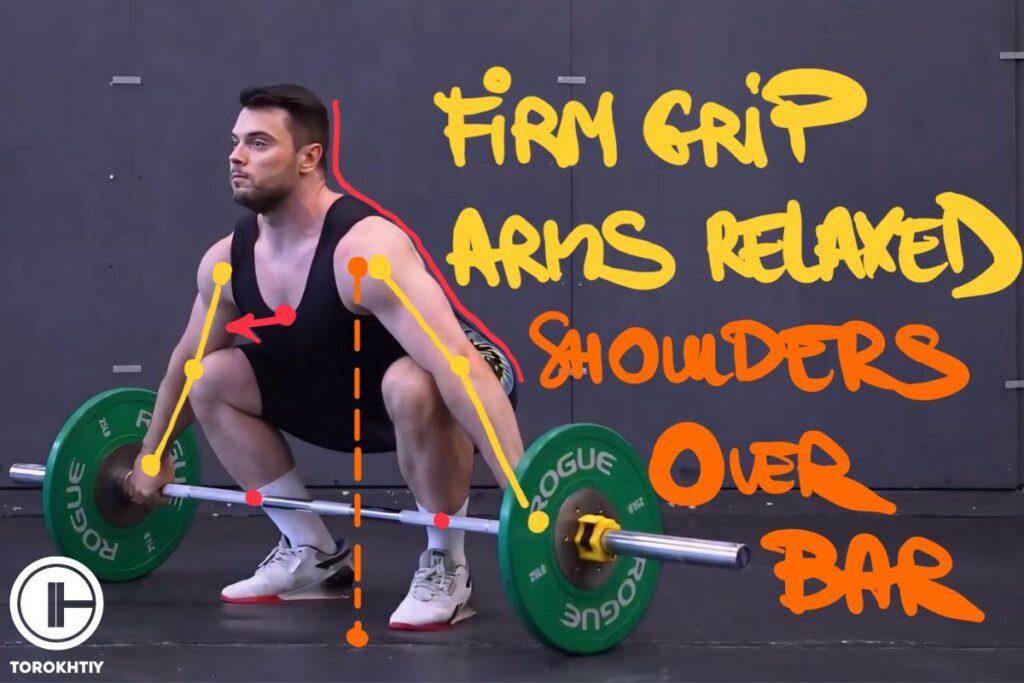
2. Lift-off
As soon as you set up, start lifting with your legs: push them towards the platform, standing on the whole foot. Keep the shoulders in line with the bar. Move the chest and hips simultaneously. Stay as close to the bar as possible.
Start accelerating as the bar passes the knees. When you approach the power position, extend your hips and legs forcefully. The contact with the bar must be extremely swift in order to pass all the power from the legs to the upward impulse. Make sure to keep the arms straight and relaxed as the bar is traveling up to the power position.
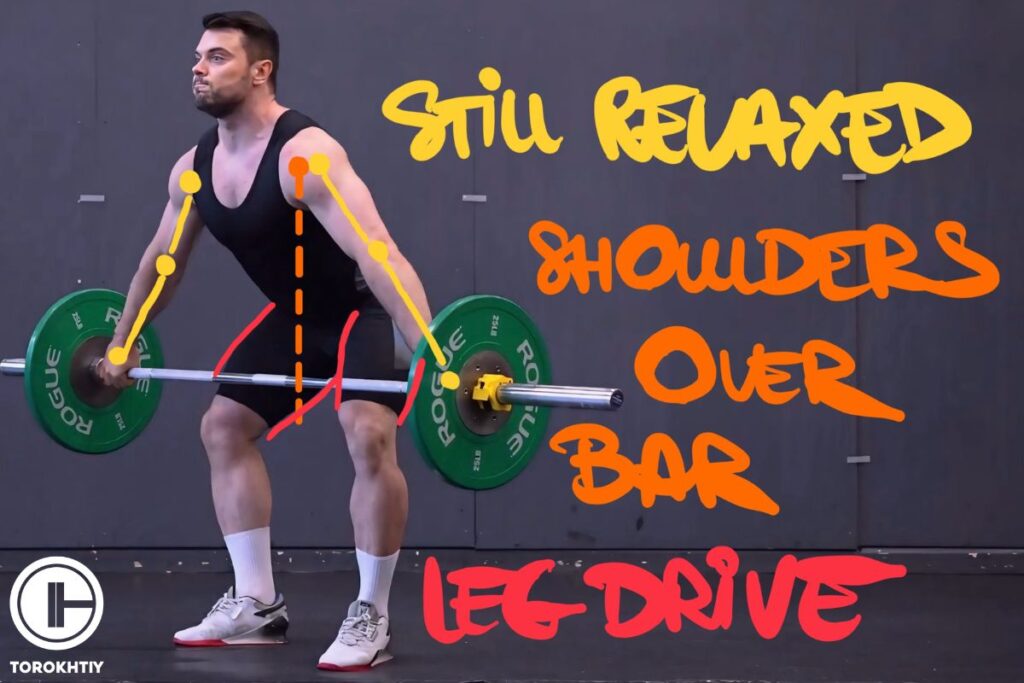
3. Finish
As the bar touches the hips, pull the elbows and direct them up extending the ankles, knees, and hips at the same time. During this phase, it is essential to control the full vertical extension. My useful advice for newbies: after the final acceleration, always lower the bar slowly.
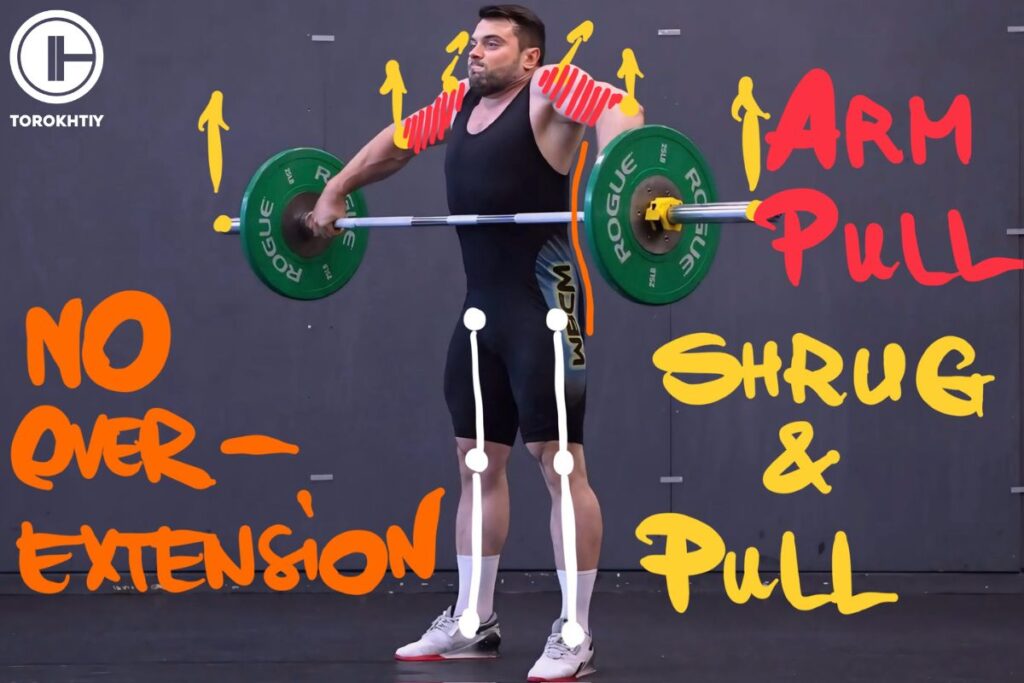
How to Program Snatch Pull?
Beginner
- Sets: 3-4 sets
- Reps: 5-6 reps per set
- Frequency: Do the snatch pull twice a week
- Tips for Progression: Work with either an empty bar or super light weights to master the form – that’s your priority. Once you’re able to do all the sets with good form, you can start increasing the weight you’re working with in 5-pound increments
Intermediate
- Sets: 4-5
- Reps: 3-4 reps per set
- Frequency: Do the snatch pull 2-3 times a week
- Tips for Progression: Start integrating more complex variations like snatch high pulls and focus on increasing the weight while maintaining speed and form. Think about using straps to handle heavier weights
Advanced
- Sets: 5-6
- Reps: 1-3 reps per set
- Frequency: Do the snatch pull 2-3 times a week
- Tips for Progression: Focus on pulling power and explosiveness with heavy singles or doubles. Use overload techniques and adjust training volumes and intensity based on your competitive schedule and recovery
Follow us!

Free!
Get a 2-week Weightlifting Program as a bonus for the subscription to kickstart your training plan!

Free!
Muscles Worked by the Snatch Pull
The snatch pull engages a lot of your muscles at the same time, here’s a breakdown of the most important ones.
1. Quads
Your quads play a big role right from the start and help you lift the barbell off the floor and maintain power as you extend your legs during the second pull.
2. Glutes
The glutes are vital for a powerful hip extension, which is crucial during the explosive part of the snatch where you go from a bent position to fully standing. They drive the upward movement and help propel the bar vertically.
3. Hamstrings
Hamstrings work together with glutes to extend the hips and they’re also important for bending the knees during the first pull. They help control the bar’s trajectory by adjusting the knee angle and make sure the lift is smooth.
4. Erector Spinae
The erector spinae is a group of muscles that supports the spine and keeps a strong, stable posture during the exercise. They’re especially important in preventing you from leaning forward, they help prevent lower back injuries and ensure a straight lifting path.
5. Traps and Rhomboids
These upper back muscles are very engaged when you shrug your shoulders during the last phase of the pull. The traps help elevate the shoulders and the rhomboids stabilize the shoulder blades. They work together to keep your upper body strong, secure, and aligned as the bar reaches its highest point.
6. Core
The core keeps your entire body stable during the snatch pull. Strong abs and obliques keep your torso upright and prevent bending or twisting under the weight, so you get a more efficient transfer of power from the lower to the upper body.
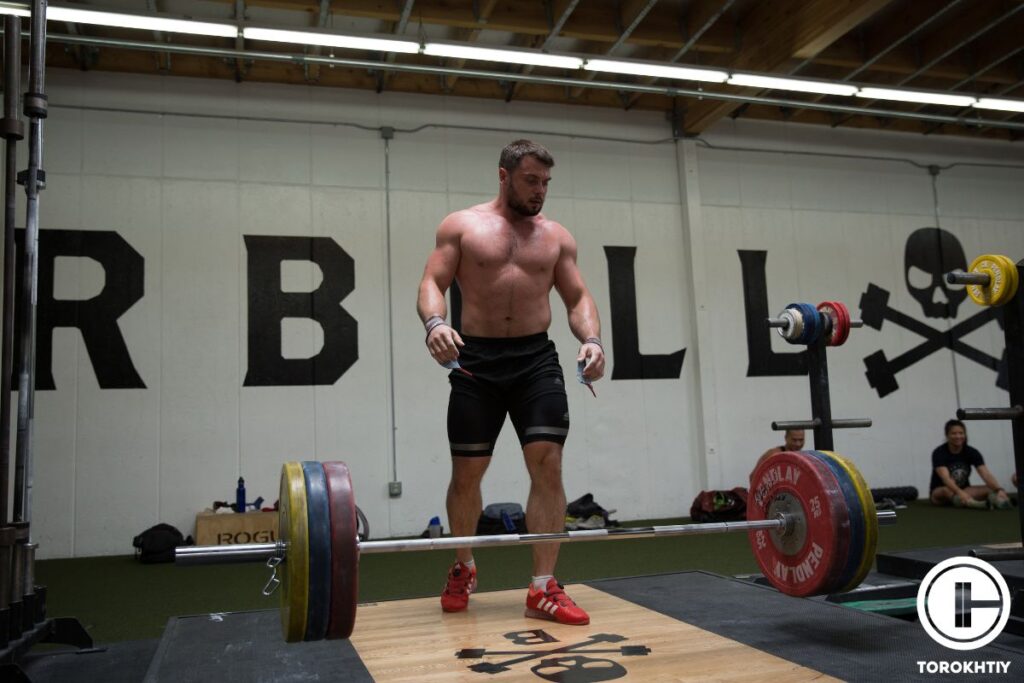
3 Benefits of Snatch Pull
You may directly enhance squat snatch and other Olympic weightlifting exercises by engaging in the snatch pull. Pulling exercises will improve your technique and help you get ready to snatch heavier loads in the future.
✅ Technique improvement
To immediately enhance your snatch movement mechanics, perform the snatch pull. The pulling component of the snatch is so distinctive and calls for highly developed muscle coordination, quickness, and control. Your entire snatch technique may be improved by focusing solely on your pull.
✅ Power And Force
Snatch pulls with larger weights can boost your overall strength and power. Your catch posture and overhead strength will often dictate how much weight you can employ when snatching. By eliminating this element during just-pull practice, more repetitions with larger weights are possible.
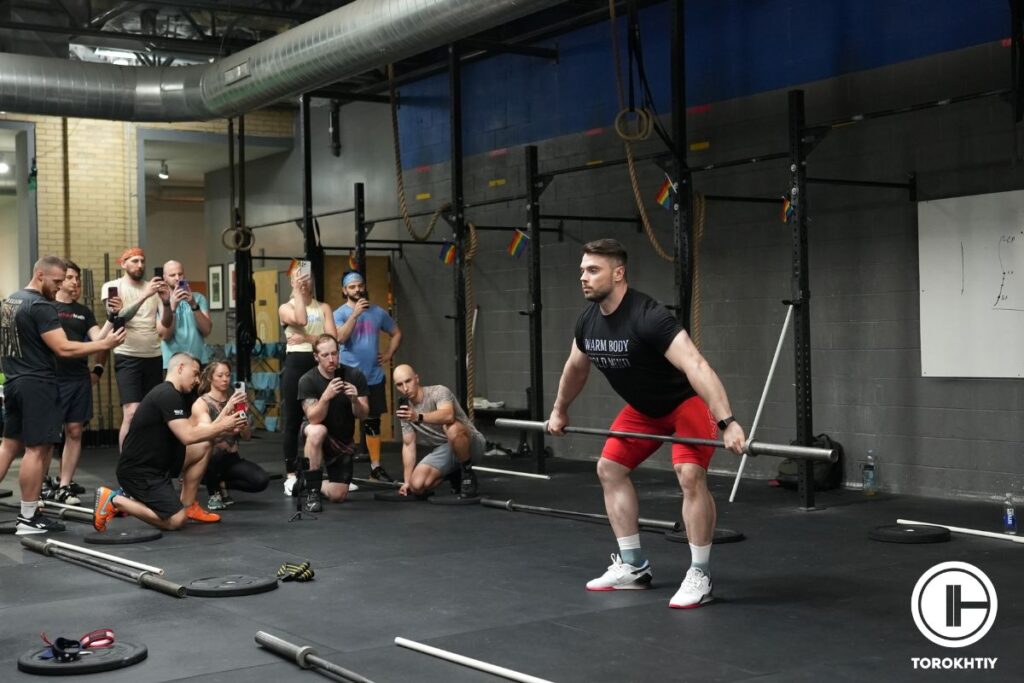
✅ Acceleration Development
A significant amount of acceleration occurs during the snatch pull when the barbell crosses the knee. As the bar approaches the point of contact speed rises. You should work on your snatch pull if you’re an individual who wants to increase your force output and power potential.
Who Should Do the snatch pull?
As I have mentioned before, any athlete, who aims to improve their snatch or just become more powerful and explosive, should perform snatch and pull. Regardless of your weightlifting experience, the snatch pull is a multipurpose tool for making headway.
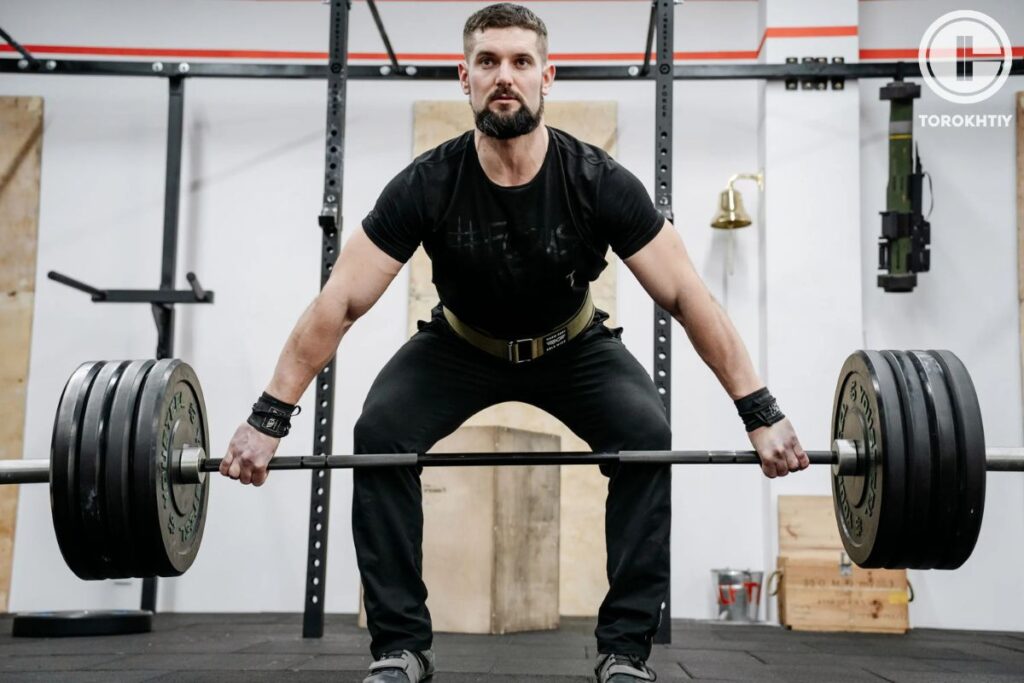
1. For beginners
Those who have just started their weightlifting journey should perform the snatch pull to learn new positions and angles from the platform and up to the second pull.
2. For advanced athletes
The snatch pull is a pillar of the snatch progress which can be limited by the lack of power during the pull phase.
3. For other kinds of sport
Strength preparation during the off-season is an integral part of sensible training for any American football, basketball, tennis player, or boxer. All these athletes use squats and deadlifts as the basic drills but the snatch pull can offer different stimulus and different adaptations in areas that require special attention.
It is far more functional in terms of muscle coordination, control. Thanks to its complexity, you may work with lighter weights and reduce the risk of injury due to overtraining.
4. Functional Fitness Enthusiasts
These athletes should include the snatch pull in their training plans to prepare for a weightlifting/snatch WOD. The point of the snatch in Functional Fitness is often to fit as many reps as possible in the shortest time or building 1RM. Practicing snatch pull skills improves the efficiency and productivity of your WOD performance.
4 Common Snatch Pull Mistakes
Making mistakes is how you learn, but that doesn’t mean that you shouldn’t care if you make them or not. Here’s a list of the most common mistakes and the ways of handling them.
❌ Incorrect Grip Width
If you use a grip that’s too narrow or too wide, it will alter the mechanics of the lift. The grip should be wide enough to allow the bar to sit in the crease pf the hip when standing up straight to optimize leverage and control.
❌ Rounding the Back
This is very common with beginners, but keeping the back flat is key to a successful snatch pull. Rounding the back, especially the lower back, will increase the risk of injury and your lift won’t be as efficient. Keep your spine neutral to support proper force transfer and to keep the bar under control.
❌ Rushing the First Pull
The first pull has to be controlled, not rushed. If you speed through this phase, you’ll throw off the timing and positioning for the second, more explosive pull. Keep a steady pace because that’s how you set yourself up for a more powerful second phase.
❌ Incorrect Bar Path
The bar has to be close to your body throughout the lift. In it drifts away, it becomes harder to control and it cah shift you off balance. When you keep it close, it maximizes force application and improves efficiency in general.
6 snatch pull variations
There are plenty of different variations of this exercise. Chose the most appropriate depending on your goals and training peculiarities.
1. Snatch Grip Deadlift
It is a regular deadlift performed with a wide grip. The technique has the same positions as the snatch pull but without the barbell hit, trap work, and heel rise in the second pull. The snatch grip deadlift is perfect for building the lower body and upper back strength without the explosive part.
2. Chinese Snatch Pull
This variation (more known as the panda pull) is a unique combination of the pull and a little drop under the barbell.
3. Paused Snatch Pull
A pause (2-6 seconds) can be used at different pull phases in order to complicate and focus on particular positions. For example, you can do it at the lift-off, below or above the knees, or in the power position.
Moreover, you can even add several pauses during the upward or downward movement. For instance, if you work on technique, a 2-3-second pause at the knee level helps feel the balance, fix the feet and back positions, relax the arms, and after that accelerate the bar and do your best in the explosion.
4. No-Foot Snatch Pull
Many athletes regularly perform the no-foot snatch pull to improve the timing. This exercise solves the problem of early heel rise that reduces your acceleration critically.
5. Deficit Snatch Pull
This variation teaches an athlete to “endure” the pull, and develop acceleration as well as the amplitude. If you have rather weak back muscles, struggle to drive a bar off the platform, or just lack the strength, this exercise is essential for you.
You better use the deficit snatch pull during the preparatory period while building up a strong physique. But keep in mind that such a pull requires more time for recovery and greater mobility than regular pull. And make sure to choose a proper load to maintain correct biomechanics and high velocity.
6. Block Snatch Pull
A shorter amplitude allows you to focus on the second pull, quality of explosion, arms work, and elbows upward direction. The main purpose of block exercises is to fix particular phases, including the extension in the second pull.
The snatch pull helps you not only improve the snatch but also make the training process more productive. All variations are a great way to train your body and improve weightlifting skills.
Snatch pulls feature a lot of elements, while appearing to be a simple action at first appearance. As a result, you could still have some inquiries.
3 Snatch Pull Alternatives
If you want even more of a change and variations don’t scratch your itch, we have some alternatives for you.
1. Clean Pull
This is a good alternative because it focuses more on upright posture and allows you to lift heavier weights. Stand with feet hip-width apart and grip the bar like you would for a deadlift, but with hands slightly wider. Pull the bar close to your body and mimic the snatch pull motion but with elbows pointing out.
2. High Pull
The high pull starts in a similar position to the snatch pull. As you pull the bar up, continue by pulling it towards the chin, leading with your elbows. The high pull develops the same explosive power and triple extension, with an added focus on upper body strength.
3. Deadlift
Stand with your feet under your hips, grip the bar, and then lift it by pushing the floor away with your legs and keeping your back straight. The deadlift builds foundational strength that’s needed for pulling and it improves your ability to maintain a strong posture.
Progression and Regression Exercises for the Snatch Pull
There are a few great ways, or should we say, exercises, that will help lifters of different levels make the snatch pull easier or more challenging to do. These variations make it simpler to learn the basics or challenge yourself as you improve.
Progression Exercises
1. Snatch High Pull
To progress from the snatch pull, add a high pull at the end. This requires pulling the bar higher while leading with the elbows, engaging the deltoids and traps more, and improving overall power and coordination for the snatch.
2. Hang Snatch
This variation will focus on developing power and technique during the pull and catch. To do a hang snatch, you start with the bar at the knee or mid-thigh before doing the snatch.
Regression Exercises
1. Pull to Knee
Make the exercise simpler by focusing on the first pull from the floor to the knee. This will help beginners learn correct posture and initial pull mechanics without the full range of motion.
2. Romanian Deadlift
The RDL focuses on hip hinge and engaging hamstrings, which are the basic aspects of the first phase of snatch pull. It helps build strength and control in the posterior chain with reduced range of motion.
FAQ
When should I employ the “touch and go” technique, and what does it mean?
Lifters will occasionally practice pulls using the “touch-and-go” technique, which involves tapping the barbell back to the ground between repetitions. To complete the repetitions, the body must maintain its tension in the bottom position.
This technique may be utilized for a variety of objectives, including boosting absolute strength, building eccentric strength, looking for muscle growth, and improving coordination. It helps you save time at the gym as well.
To benefit from maintaining the start position isometrically, newer weightlifters who are still honing their start position may wish to refrain from exercising with touch-and-go exercises.
What do weightlifting straps do? Do I need to use them with a Snatch Pull?
The wrist is wrapped with lifting straps, which make it easier to link your wrist to the barbell. They are permitted during workouts but are not allowed during weightlifting tournaments. As a result, you should think about just using straps when lifting particularly big loads. Straps are great for boosting volume and intensity during exercises by preventing your hand grip from being a stumbling block.
They can be extremely helpful with Snatch Pull especially when grip is already fatigued after other lifting exercises. Snatch Pull allows you to lift more than you’d with regular Snatch, in that case straps are also very useful in case you simply can pull much more but grip strength is a limiting factor.
Conclusion
The snatch pull is an excellent exercise that you can use to gradually learn and develop a full snatch. Every successful snatch is preceded by a successful snatch pull. The majority of lifters who do flawless snatches in the training or in the competition can partly credit their consistency to the numerous pulls they have practiced.
Training simply the pull might not be the most thrilling thing ever, but it will pay off later whenever it’s time to max out.
Pulling will not only improve your snatching, but it will also make you more focused and committed to your training. Snatch pulls can help you develop into a more skilled weightlifter since they’re a wonderful technique to overload your body and boost your efficiency in the gym.
What are your thoughts on the snatch pull? Have you given it a try and, if you have, how has it helped you? If you haven’t, what’s stopping you? Drop a comment and let’s chat some more!
Also Read:
- Power Snatch
- Snatch From Blocks
- Snatch Deadlift
- Snatch Exercise
- Snatch Sots Press
- Snatch High Pull
- Snatch Push Press
- Split Snatch Exercise
References:
- Brad DeWeese, Ambrose J. Serrano, Steven Keith Scruggs, Matt Sams, “The Clean Pull and Snatch Pull,” Strength & Conditioning Journal 34, no. 6 (2012): 82-86.
- Ingo Sandau, Helmi Chaabene, Urs Granacher, “Predictive Validity of the Snatch Pull Force-Velocity Profile to Determine the Snatch One Repetition-Maximum in Male and Female Elite Weightlifters,” Journal of Functional Morphology and Kinesiology 6, no. 2 (2021): 35.
- Timothy J. Suchomel, Paul Comfort, Michael H. Stone, “Weightlifting Pulling Derivatives: Rationale for Implementation and Application,” Sports Medicine 45 (2015): 823-839. Published February 18, 2015.
- Photos by Torokhtiy Media Team; sciencephoto, Canva.com; decade3d, Canva.com.
Why Trust Us?
With over 20 years in Olympic weightlifting, strength training, nutrition coaching, and general fitness our team does its best to provide the audience with ultimate support and meet the needs and requirements of advanced athletes and professional lifters, as well as people who strive to open new opportunities and develop their physical capabilities with us.
By trusting the recommendations of our certified experts in coaching, nutrition, and sports training programming, as well as scientific consultants, and physiotherapists, we provide you with thorough, well-considered, and scientifically proven content. All the information given in the articles concerning workout programming, separate exercises, and athletic performance, in general, is based on verified data.
The product testing process is described in more detail here.
Author: Jacek Szymanowski
Certified Nutritionist,
M.Sc.Eng. Biotechnology
Performance Architect,
Strength and Conditioning Specialist
With over 30 years of fighting experience, specialization in nutrition coaching for athletes, and expertise in metabolic health and dietary strategies, Jacek offers a comprehensive approach to optimizing your performance and well-being. Backed by a Master of Science degree in Biotechnology, Jacek remains at the forefront of scientific advancements, ensuring that his coaching is always evidence-based and up-to-date.
Reviewed by: Oleksiy Torokhtiy
Olympic Weightlifting Champion
Best Results: Snatch – 200 kg,
C&J – 240 kg
Oleksiy Torokhtiy is a professional athlete boasting 20 years of experience in Olympic weightlifting. With multiple European and World titles under his belt, he has showcased his prowess in two Olympic Games (Beijing 2008 and London 2012). Upon concluding his illustrious career, Oleksiy dedicated himself to coaching. By 2022, he had conducted over 200 weightlifting seminars worldwide. He is the visionary behind an international sportswear and accessories brand known for its motto, “Warm Body Cold Mind.” Additionally, he is an esteemed author and the creator of a series of training programs and eBooks.






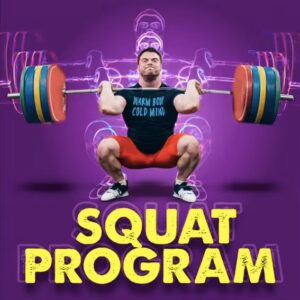

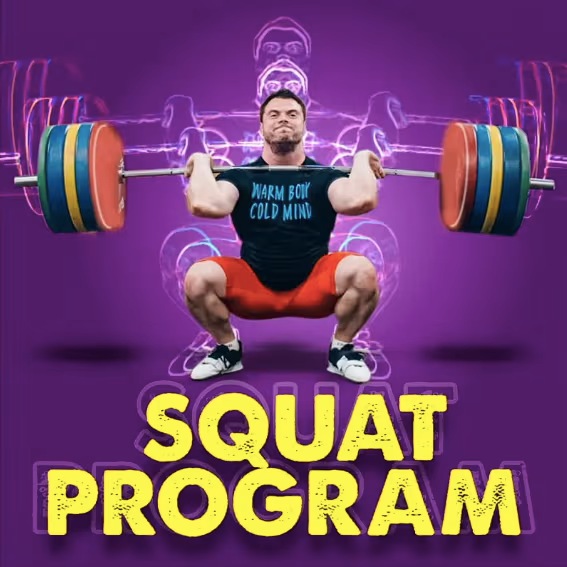

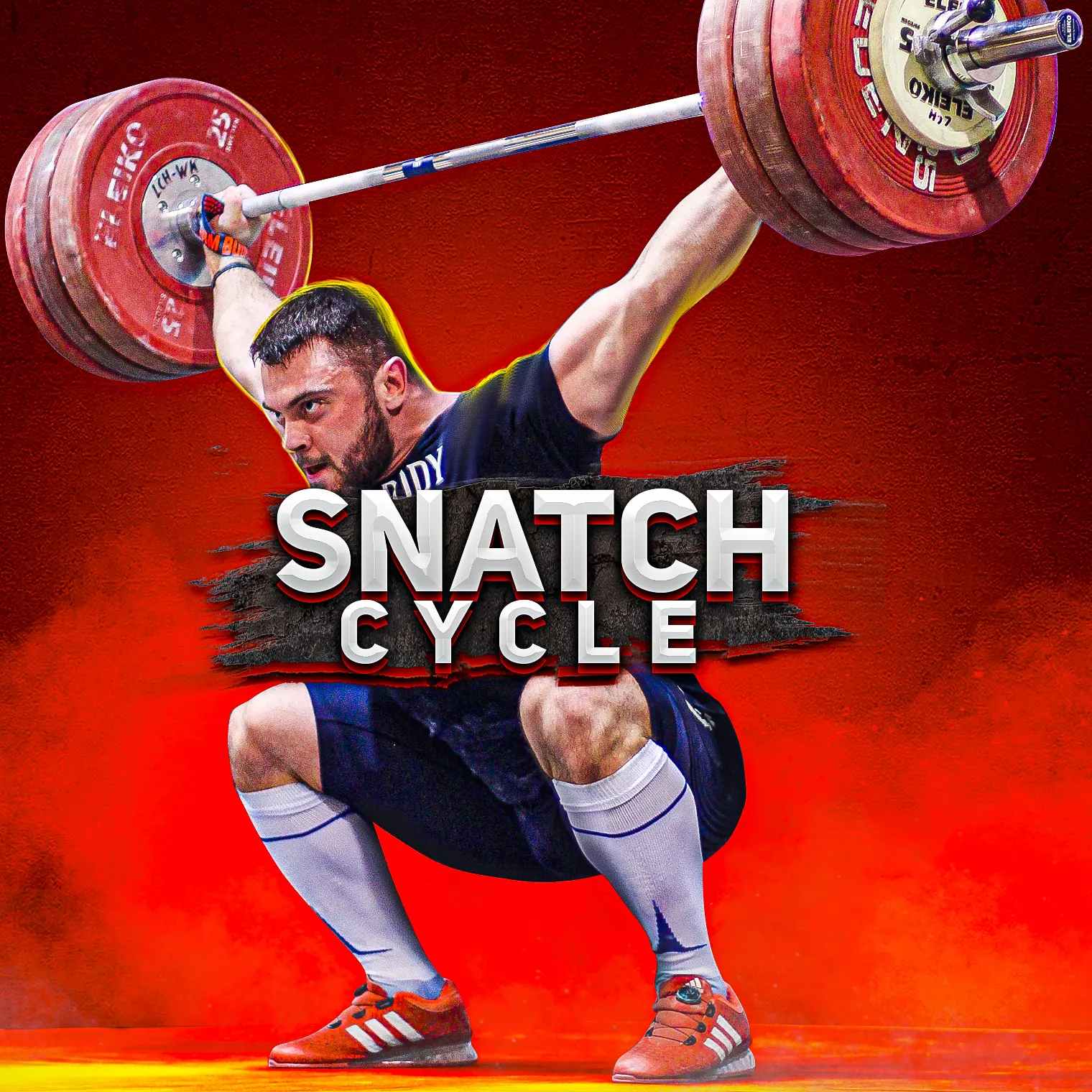
Still have questions after reading our article? Unlock your full potential by engaging with our experts and community! Don’t hesitate — leave a comment below and Jacek Szymanowski will provide a personalized answer and insights to help you reach your goals.